This is my second installment on using PLX-DAQ as an easy method of sending data from an Arduino or any AVR related MCU to Excel. Here I will be showing you how to process the data into a graphical chart for plotting it’s values…the easy way
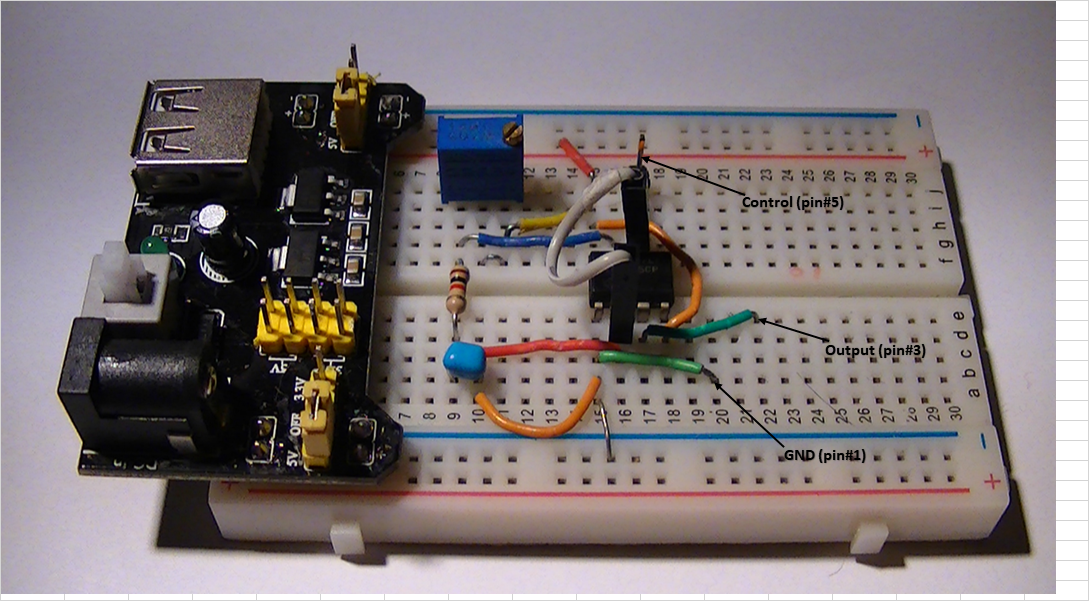
Using a TTL 555 timer chip as a pulse generator to send a dual channel signal to Excel in Windows 10.
I set up a simple pulse generator using a TTL 555 timer chip, we will be utilizing pins 3 ( Output) and 5 (Control) as our dual signal trace, in this way we can use PLX-DAQ as a very cheap “Oscilloscope,” and transfer that data into excel and plot the data.
Ok, lets go…
Setting up PLX-DAQ so you can receive both signals;
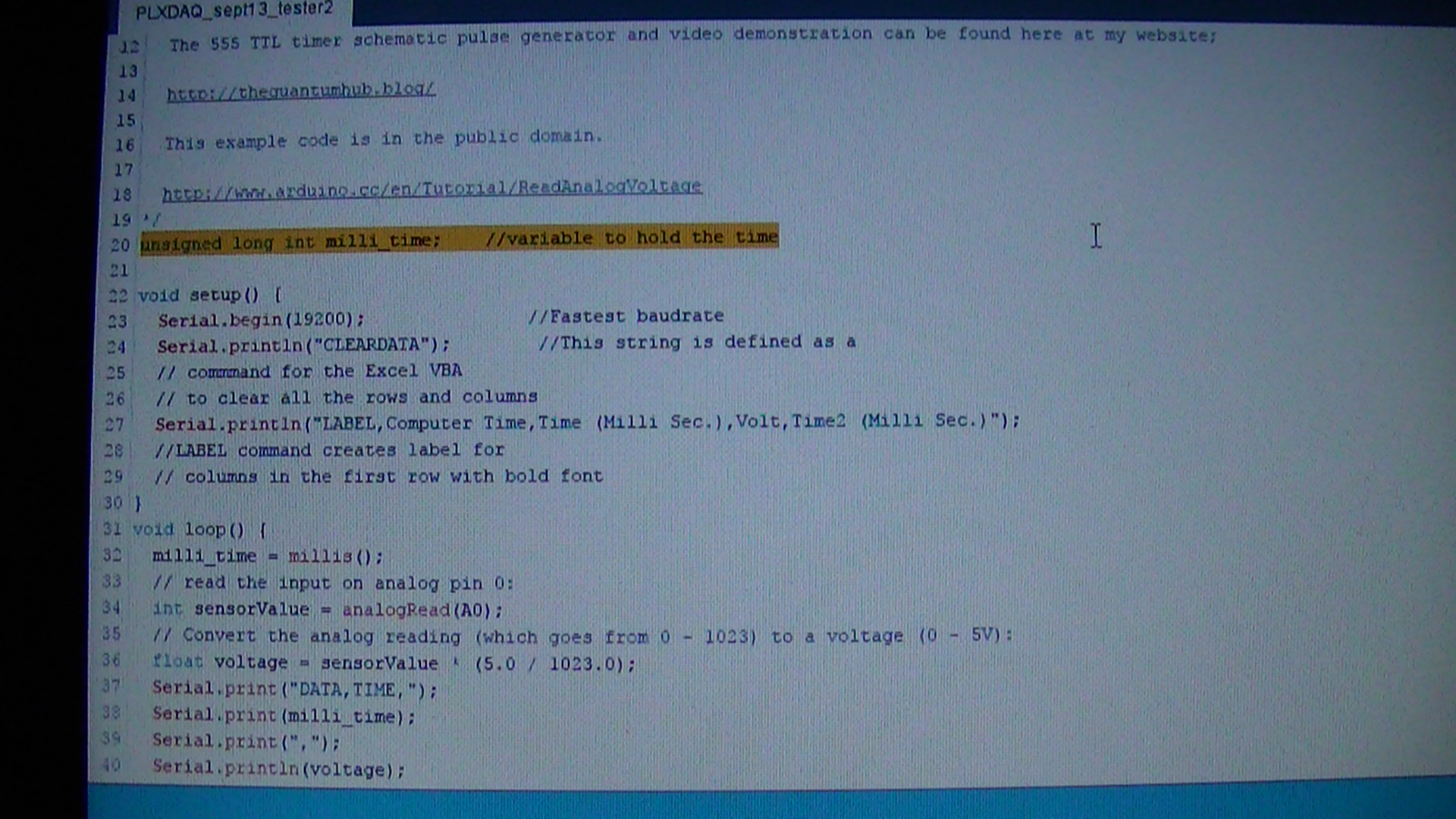
In the highlighted area use the “unsigned long int” expression to avoid any overflow, this should be fine since our variable is only 5/1023
Next;
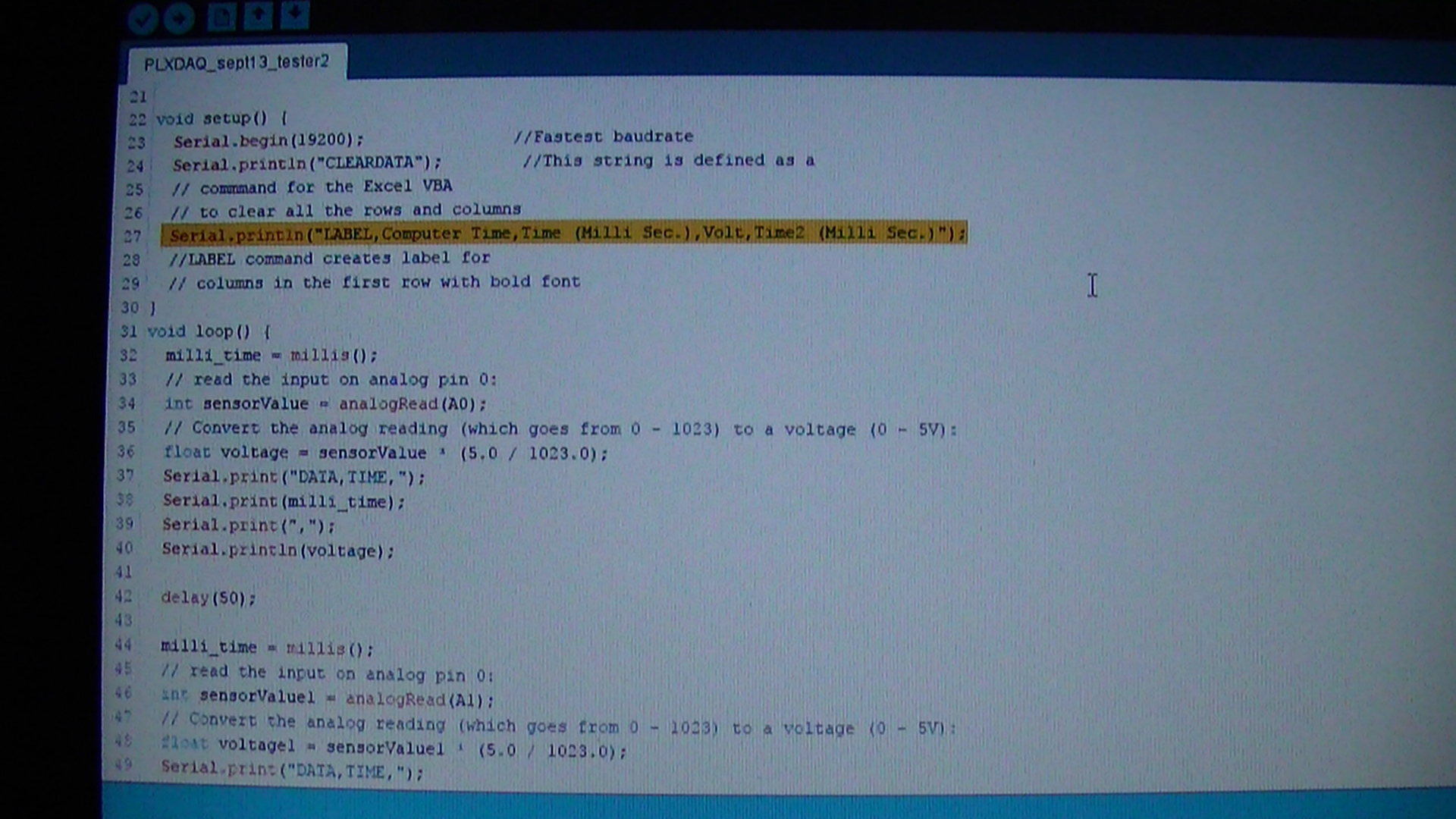
Included with PLX-DAQ is a beginners quick start guide that has a pretty good outline on setting up various data types, I’m using the easiest example here because it is straight forward. The highlighted area is the most important because it sets up the labeling for your columns and rows.
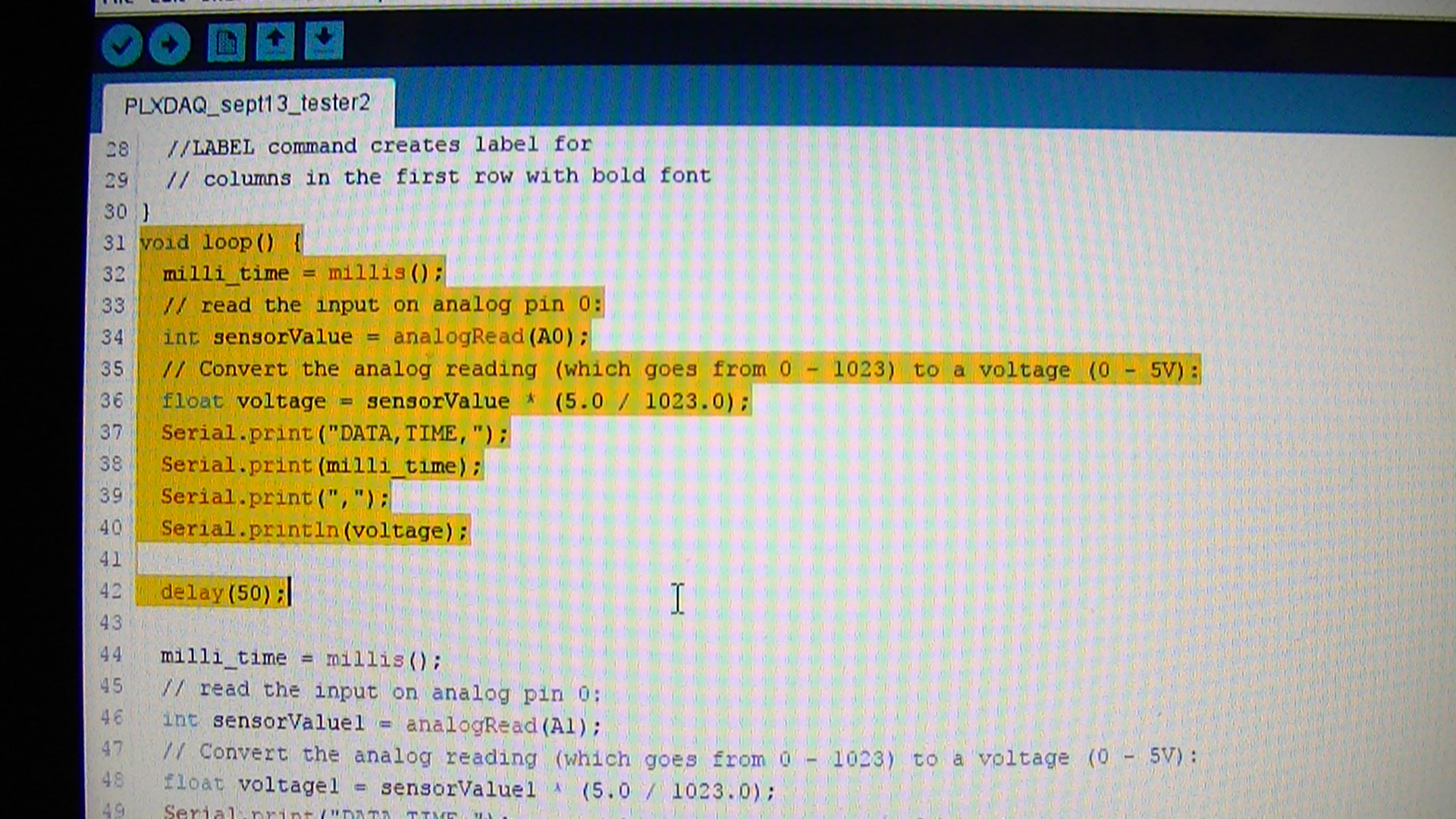
This is where you put your main code into, I used the ReadAnalogVoltage sketch in the Arduino IDE and modified it so PLX-DAQ can read and transfer both channels into excel. The most important part of this section is the “Data,Time,” milli_time and “,” in that sequence, the last part is a delay between 3 and 100 millisec. Why? If you don’t excel just can’t process the data fast enough no matter how much you may want to tweak the page file on your PC, believe me, I just found that a delay of 50 and a baud rate of 19200 transfers data very smoothly with no problems and looking at the video I think you may agree with me.
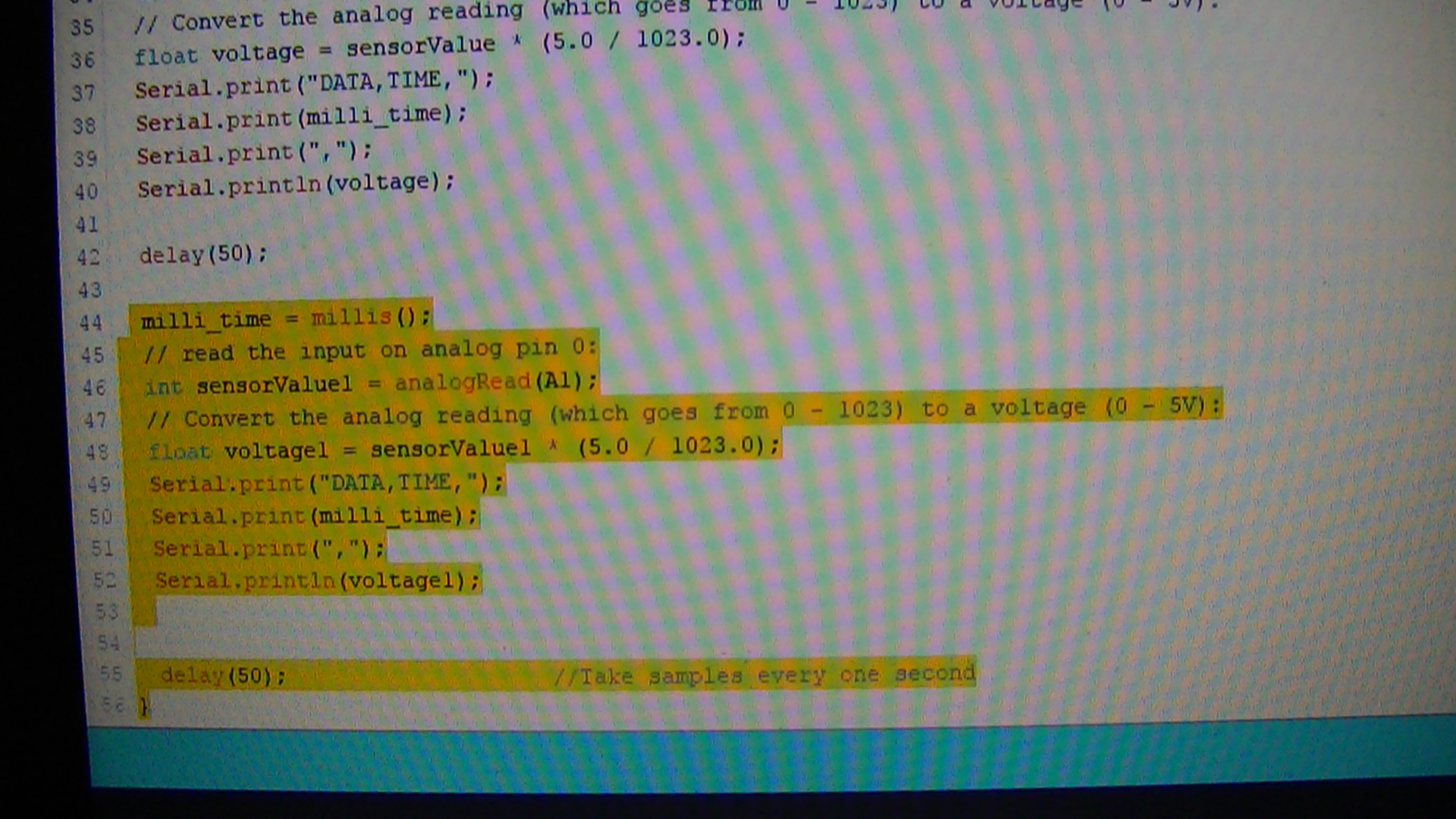
Lastly, for our second channel that’s easy, just rename the sensor value’s and float value to 1 and so on, and use the same delay factor and your done!
Ready to transfer to excel!!
The code can be found here; PLX-DAQ v2.11 Dual Trace
Thanks I hope you enjoyed this :)
 David H Haffner Sr
David H Haffner Sr
Discussions
Become a Hackaday.io Member
Create an account to leave a comment. Already have an account? Log In.